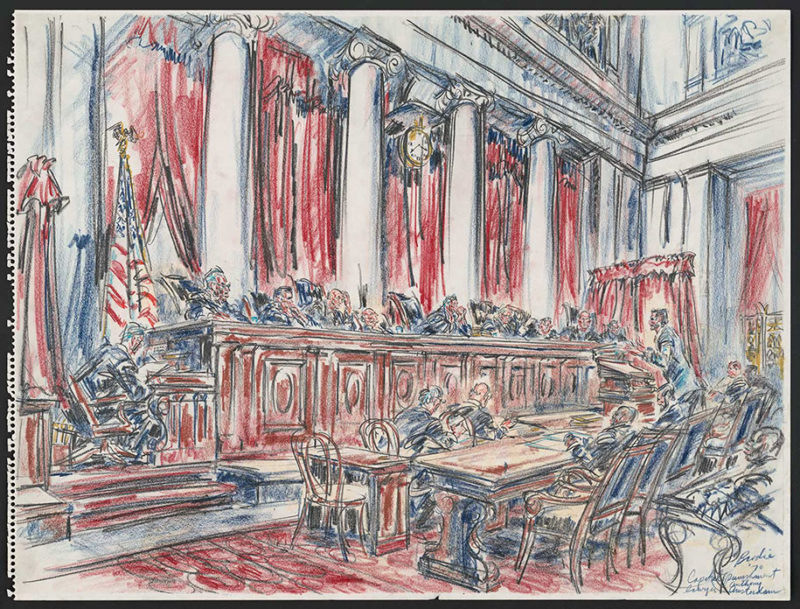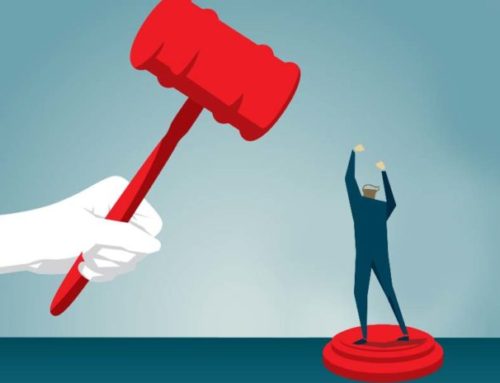Editor’s Note: Continuing from his previous analysis on the power of the CJI to act as the master of the roster, Shreenath Khemka comes to the crease, making a critical cross-jurisdictional analysis of the process of allocation of cases in the highest Constitutional courts. Finally, a solution is offered to ensure that a balance between the interests of the institution and the powers of the CJI is sought.
Institutions are created for the purpose of outliving humans. In both physicality and morality, institutions espouse of a higher being than mere mortals who comprise it. Such ‘emergence’ happens when lesser constituent beings comprise a higher whole. Courts are no exception.
A common fallacy in developing institutions is the tendency to push out difficult questions. A system of checks and balances does not warrant the proliferation of surveillance bodies. After a stage, every organ should be able to internally rectify its own internal dynamics. The legislature does this through the common house vote, presided by the speaker. And to a limited extent, the judiciary does this through the Collegium. However, the inability of a playing member to act as a fair Umpire is seen when roster allocation is discussed.
The court is like a cricket team; its strength lies in its players. Like a good captain, the Chief Justice’s role is to ensure that the team maximizes the ability of its players. But, when the captain is on strike and refuses to rotate the batting, questions of fairness arise.
Justice Felix Frankfurter of the Supreme Court of the United States had advised B. N. Rau against the internal scattering of the highest Constitutional court. Giving heed to the practice of an en banc Supreme Court, it was recommended that there would be ‘as many courts as its benches’; and rightly so. Problems associated with the roster allocation in India only show up because the court sits in benches.
Supreme Court Rules direct the roster to be prepared by the Registrar on the instructions of the Chief Justice of India (CJI). A good way to shuffle playing opportunity is found in the rule that the strike must rotate after every over. The UK Supreme Court adopts a random allotment of cases. With usually two benches of 5, the President or the Vice-president preside over each with a panel of policy-diverse and subject-expert judges. Shuffling of cases is not suitable to India because the benches deal with a varied caseload. A bench dealing with Criminal Appeals would be irked with a randomly allotted Writ Petition.
In the Australian Supreme Court, important cases are decided by the full bench; all 7 judges sit together. For other cases the roster is proposed by the Chief Justice, but such is not determinative. This led to an interesting situation in the 1930s when Justice Hayden Starke would sit on benches he wasn’t named in. A Supreme Court of 31 judges cannot afford such liberties. Compared to other jurisdictions, our court faces a voluminous caseload which forces scattered benches of smaller strength.
Importation of judicial administration from another jurisdiction is myopic considering the strength of our Supreme Court and the number of benches. The question reverts; how do we ensure a fair playing opportunity for every judge while ensuring that the captain can strategize the batting order? As a caveat, let us not heed the outcry of four judges, in a collegiate of 25, as the gospel truth. Their complaint is that they had been kept out of Constitutional benches addressing sensitive matters. What the judges should also realize is that they play as a part of the team.
Not every player can be an opener; someone will have to take the last order. However, with the strength of a judge depending solely on his seniority in the bench, it might seem unfair if all good batsmen are bottom-order. A bad captain can be removed; but such a measure is not present for the office of the CJI. The choice is simple; we either propose a change from a bad captain or we restrict how the captain choses to field his players.
Article 121 of the Constitution prevents the parliament to act as a reviewer of Judges, and no mechanism exists to remove a Judge as the Chief Justice without impeaching him. We can therefore only hope that a ‘Coach’ can exist within the judiciary. However, in the Memorandum of Procedure the ability of the Collegium is restricted to selection. It is therefore proposed that a set of Rules be laid down that mandate the presence of a Collegium judge in each of the largest benches. The CJI can be given the flexibility to match other judges to the various benches, as long as the other convention is followed—senior members must be accompanied by junior members. This will ensure a good mix and a fair playing opportunity for all.
We cannot completely take away the ability of the CJI to guide the team, but the scope can be restricted. There should be enough scope for players to be shuffled as long as the interests of the team is not jeopardized. Such should be the framework of roster allocation.
Shreenath Khemka is a King’s Law Scholar at the University of Cambridge. The article was internally copy-edited by Sughosh Joshi and Siddharth Aiyanna.








Leave A Comment